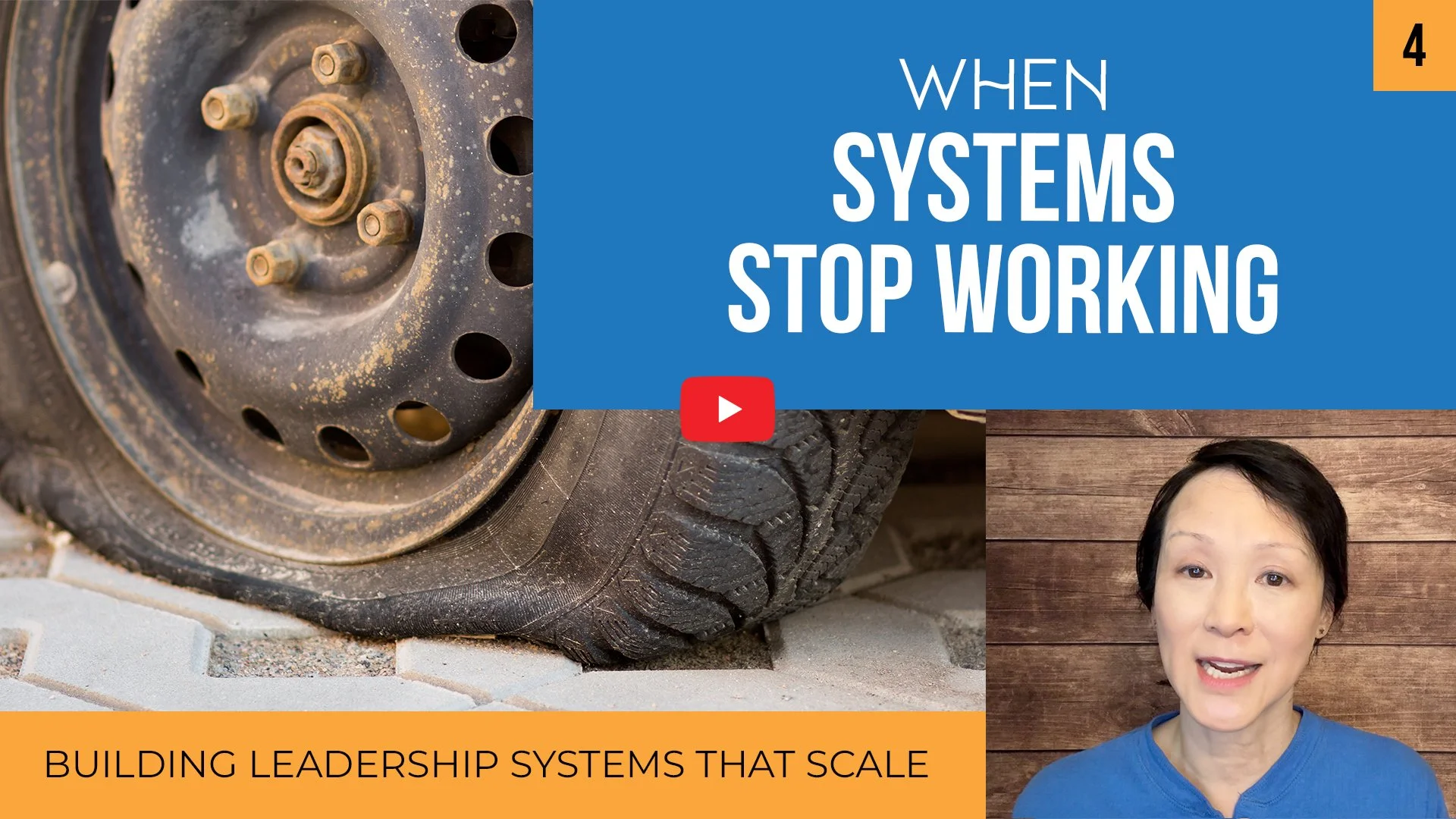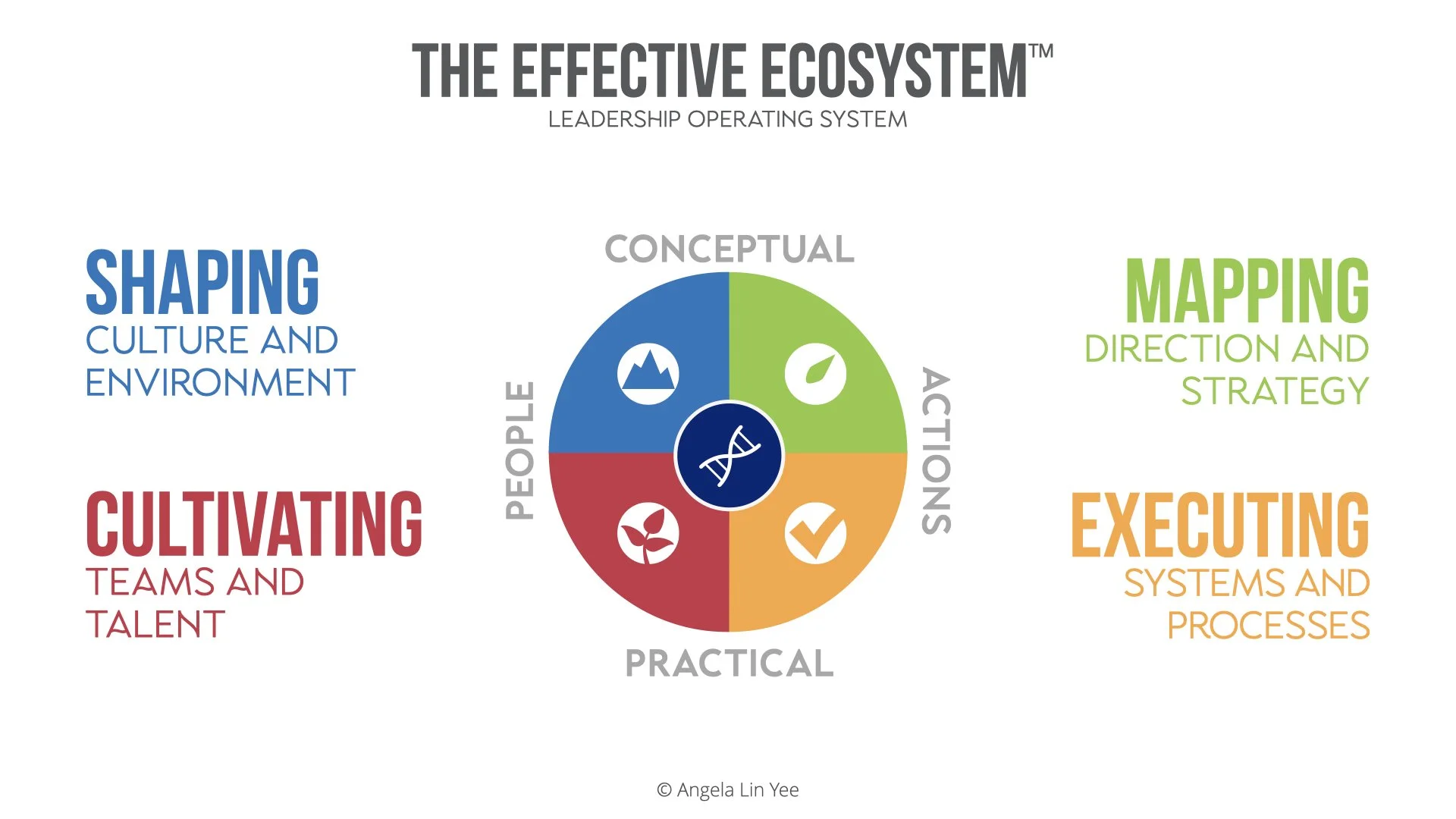How to Fix Broken Systems Without Starting Over
Building Leadership Systems That Scale • Part 4
Are you frustrated that your systems aren't working as well as they should be?
You’ve got systems, meetings, and decision-making processes — but somehow clarity is fuzzing out, people are reacting instead of plan, and problems keep popping up faster than they can be solved!
It can feel like the best solution is to pitch everything out the window and start over.
But most of the time, you don’t need a total rebuild.
You just need to know where to begin.
1. Diagnose where things are bogging down
When progress fades, it usually doesn’t happen with fireworks. It’s a slow creep to maddening frustration:
A process that once worked gradually loses traction.
People forget the rhythm.
Systems default to old habits.
The key is to diagnose what’s really not working before making changes.
Ask yourself: Where are we consistently losing clarity, time, or follow-through?
These breakdowns often reveal where the momentum is leaking out.
The Effective Ecosystem™ offers a helpful lens for this:
Shaping: Are communication or culture issues creating confusion?
Mapping: Are direction and decision-making unclear?
Cultivating: Do your teams lack the skills or development they need?
Executing: Are your systems and processes to execute too clunky or inconsistent?
Knowing which quadrant is slowing you down helps you target your effort instead of spinning your wheels.
2. Focus on one fix first
Leaders often want to overhaul everything at once—but fixing everything is overwhelming and unrealistic.
Instead, pick the one system worth fixing first.
You can choose by asking:
What breakdown causes the most pain?
What small change could make the biggest difference?
What’s driving the team most crazy?
These “first dominoes” start a chain reaction.
When one area runs smoothly, other systems start to improve.
3. Use the Three R Repair Framework
After identifying your first fix, use a simple approach called the Three R Repair Framework:
Re-clarify the goal. What’s the system supposed to accomplish, and why does it matter?
Remove friction. Eliminate confusion, extra steps, or unnecessary tools. Ask, “What creates delay or noise here?”
Reinforce behavior. Model the new habit, celebrate wins, and hold people accountable until it sticks.
Small adjustments often go further than starting from scratch. A “system tune-up” strengthens what’s already working while restoring clarity and flow.
4. Rebuild with your team, not for them
Lasting change happens when people feel ownership. Involve your team in diagnosing the problem and testing solutions. People support what they help create.
Repairing a system together moves your organization from control to shared clarity. Start small, keep feedback loops open, and celebrate progress along the way.
When systems drift, you don’t need to start over. Just find your first fix — and lead from clarity again!
Don’t miss future articles from this series!
If this article interested you, don’t miss the upcoming articles for the rest of the series on how to establish a consistent leadership operating system.
Each one dives deeper into the building blocks of a healthy leadership operating system. You’ll get practical, actionable ideas you can apply whether you’re leading a small team or an entire organization.
When you subscribe to my email list, you’ll receive a quick note whenever a new video and article go live.
Subscribe below to get the next video delivered straight to your inbox!





